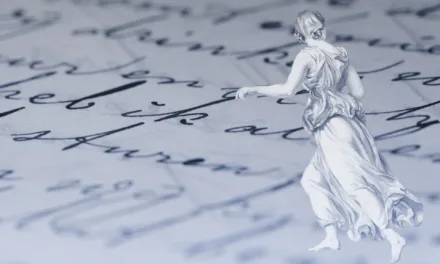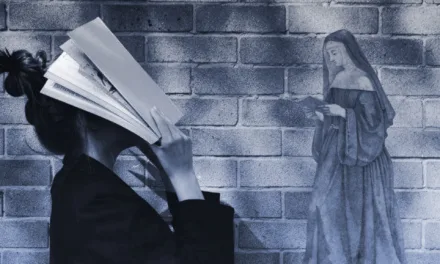
5 Editing Tips to Revise and Strengthen Your Dialogue

I recently revised a story from almost a quarter century ago. As I dug through this monument to writers’ past, I was pleased with the quality of the prose, excited by the cohesion of the story, but dismayed by the sheer volume of dialogue. There was just so much…talking.
Characters speaking to each other is not an issue. I’ve seen stories where two characters just talk to each other, and about 95% of the story is just dialogue, yet I still found it tense and wildly entertaining. The problem with my old story was the talking was just talk. My characters were filling the air with words, and it was sapping the strength of the story and distracting me from the point of the narrative. As a reader, I felt like I was wading through mud.
In the revision, I removed about 75% of the dialogue. At first, it was odd. After all, the story worked, so it felt wrong to change it. But stripping out needless chatter is one of the best ways to strengthen your dialogue, and afterwards, I felt like the story had room to breathe. What the characters did say suddenly had that much more significance.
When thinking about my dialogue and how hard it is working, I always start with a low-stress attitude. That first draft is for me and me alone.
I try very hard not to censor or edit myself. I suppress the voice in my head telling me I can’t try whatever I want. But in the revision, I have five “lenses” that I use to look at my first draft dialogue and see if I can spot ways to improve the way my characters speak.
Let’s look through the five “lenses” and see if you can use them to strengthen your dialogue in your own work:
1. Melody
Dialogue is very much like music. Some characters have a lyrical flow, while others might have a clipped, staccato cadence.
The way dialogue sounds can help establish character. A character who answers the question “How are you feeling today?” with a “Like hell” or “About the same” versus “Quite well, thank you” gives the reader insight into that character’s personality.
When considering melody, I try to match the speaker’s cadence to their personality. My goal is to make all the characters in a conversation distinct from each other so that no two characters sound the same. The best way to do this is to read the dialogue aloud, whether it’s me, a beta reader, or even a computer avatar.
I frequently use the built-in voice in Microsoft Word to listen to the story. The computer has enough inflection to keep it conversational but is not able to perform the words, so the bad phrases really jump out at me. After all, dialogue must first sound right to the ear, so I like to listen to it before I lock it in.

2. Brevity
Like clutter, wasted words just get in the way. When real people talk, they say many more words than are necessary. In dialogue, I try to pare away the ones that I don’t need, leaving only those that convey meaning.
When I review my draft, if any of my dialogue is “throw away,” I throw it away. If I don’t, I risk losing the reader’s interest. Getting rid of the unnecessary is one of the most simple, and yet personally difficult way to strengthen your dialogue.
3. Plausibility
Plausibility answers the question, “Would my character really say this?”
Realistic-sounding dialogue does not mean transcribing what I overhear in coffee shops or on the train. Rather, it is about not getting in the way of my character expressing their thoughts or emotions. If my dialogue sounds too flowery, too poetic, too “scripted”, or too “fake,” the reader will absolutely notice.
Again, I rely heavily on reading the dialogue out loud. If the dialogue feels wrong, it probably is.
4. Tension
I like to think of dialogue as a tennis match. One character serves the conversation, and the other returns the serve, back and forth, each probing for weakness, each trying to outmaneuver the other until one comes out on top.
Dialogue should be more than simply sharing information. It should be a power dynamic, with each character advancing and retreating within the conversation until one bests the other.

5. Subtext
Ultimately, dialogue shows where characters disagree, where they don’t align or are just “not in sync.” But as we have all experienced in real life, people rarely say what they mean. The same is true for our characters.
Let’s pick up a young newlywed couple in the middle of their first real argument. Maybe their problem is not the apartment’s wallpaper but, instead, the whole notion of settling down that drives a wedge in the young couple’s relationship. On the surface, they are arguing about wallpaper. But the subtext of what they are really arguing about is their latent fear that maybe, just maybe, they have backed the wrong horse in their choice of commitment.
These five lenses—melody, brevity, plausibility, tension, and subtext—are things I look out for in my revisions after the first draft. I do my best to write freely without encumbrance in the initial draft because I don’t want to choke the flow of creativity by thinking too critically. But when I come back for a revision, these five lenses are invaluable in refining and strengthening your dialogue.




























